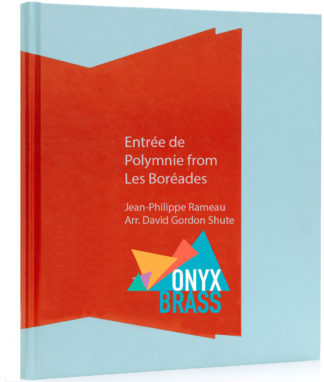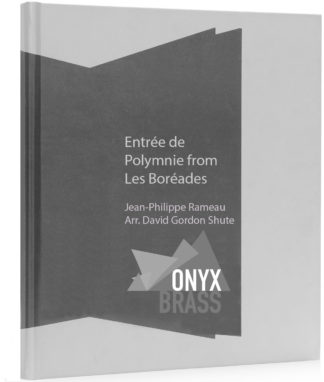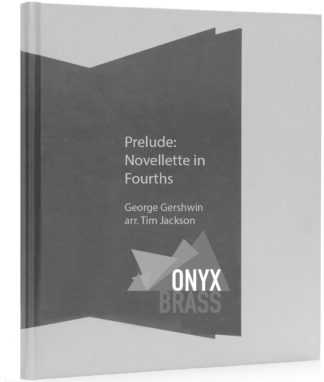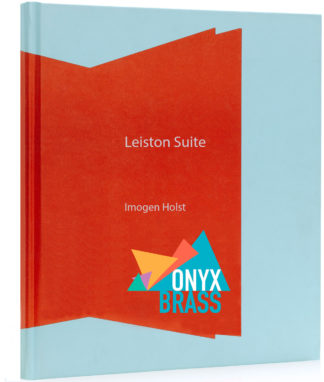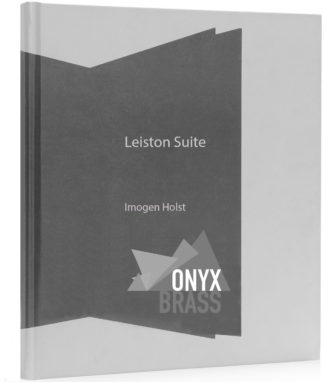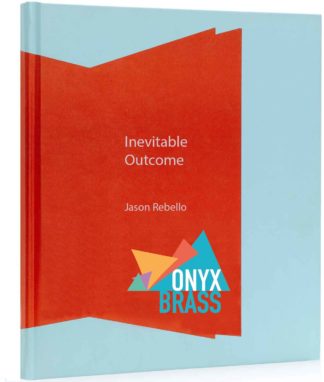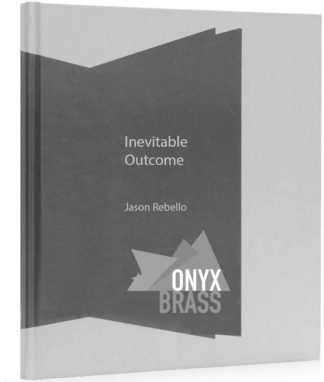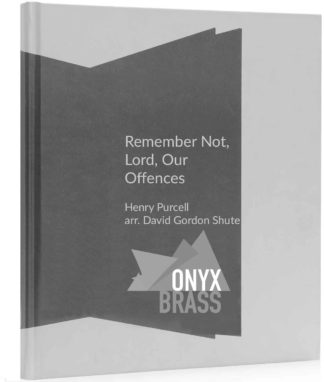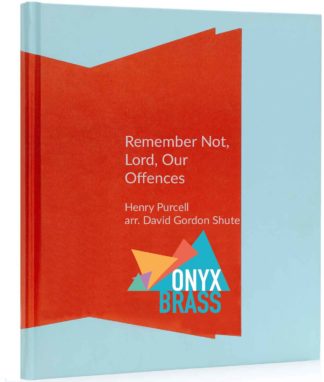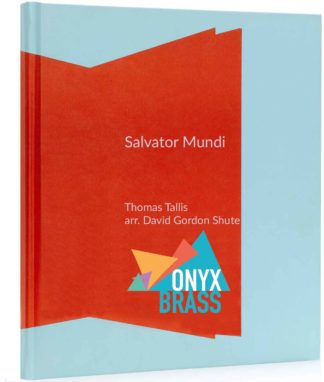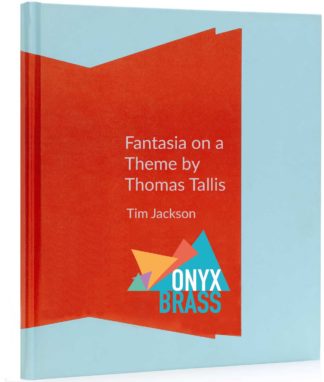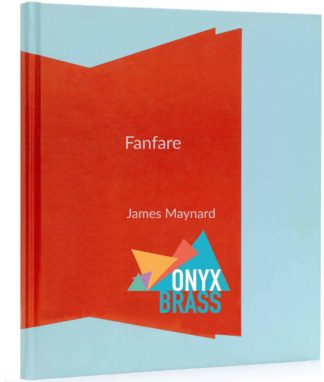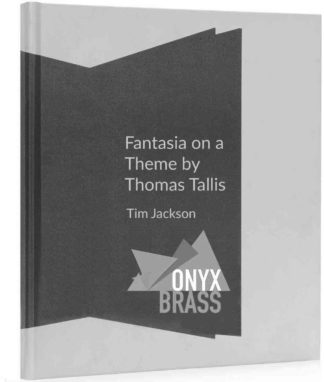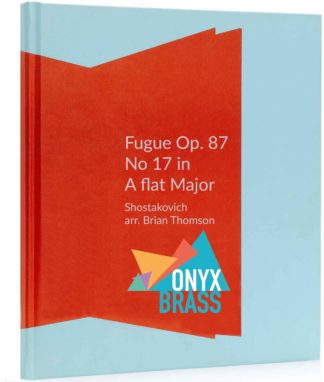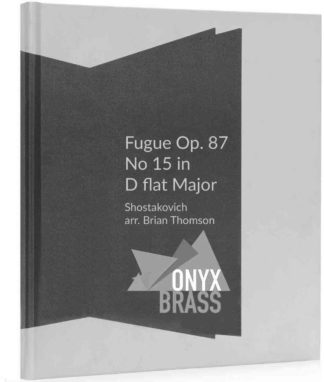We are very proud to present another new work available for purchase here at OBP. Entrée de Polimnie is taken from Jean-Philippe Rameau’s opera, Les Boreades, and is a sublime opening number for any occasion. Take a look at our popular YouTube clip to get a taste of this Baroque masterpiece.
Category: News
Gershwin Novelette arrives at OBP
From 13th September we are pleased to offer a beautifully crafted arrangement of one of George Gershwin’s piano preludes, Novelette in Fourths. Taken from his wider series of preludes, Tim Jackson’s arrangement loses none of the charm and poise of this “cake walk” that Gershwin wrote in 1919.
Initially available in download form, this is the first of a number of new pieces that will be hitting the virtual shelves of OBP this Autumn! Follow us on social media to keep track of when things are available.
Leiston Suite to be made available in treble clef
In what is a departure for OBP, we have decided to make a version for treble clef instruments that makes it suitable for players who read music for trombone, euphonium or E flat tuba in that clef. Also a part for E flat tenor horn will be included in this version and the two trumpet parts are suitable to be played by two cornets.
To top this all off will will also produce a full version which includes all of the parts from the original and treble clef versions, making it a perfect product for conservatories, colleges or other education establishments where a large number of different instrumental combinations would be able to perform it.
We will announce when this is ready across our social media channels and if it is successful, we will look at trying the same thing for other pieces in the catalogue.
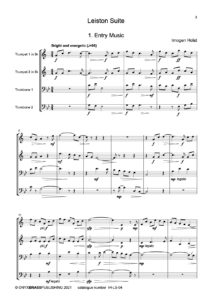
Leiston Suite Available Now
It’s our first new piece in the catalogue for 2021, Leiston Suite by Imogen Holst was recorded by Onyx Brass in 2018 and now is available to purchase from OBP. In five movements, it is suitable to be performed in a number of different orchestrations. Originally scored for pairs of trumpets and trombones, OBP have added alternative parts for Horn in F and Trumpets in C and Imogen Holst created an extra movement making it suitable also for bass trombone or tuba to take the bottom line.
We are honoured to be able to bring you this piece of composing history exclusively on Onyx Brass Publishing and as always it’s available to buy in hard copy or downloadable form. Follow the links below.
Onyx Noir takes centre stage
This week sees us highlighting the two pieces we currently have in the catalogue from Onyx Noir, For Rosie and Inevitable Outcome. Contrasting in style with Rebello’s urban groove to Nightingale’s sumptuous melodies, both have already become best sellers on OBP, and firm favourites on the concert platform. Now this week is your chance to get them at a 10% reduction too.
Looking forward also later in the year to having two more jazz numbers from Onyx Noir added to our current offering with The Mighty Pencil by Trish Clowes, and Firebox by Colin Skinner.
Sing with OBP
When Onyx Brass started out, we were blessed with lots of time to rehearse together which enabled us to grow as an ensemble and work as a group instead of five individuals. To help us with this we used to play and work on arrangements of motets that developed many essential facets of brass ensemble performance. Sound, tuning, breathing and ensemble all improved dramatically while working on these pieces and this week, we have picked two of our favourites that saw us spend many an hour in the practice room just maturing as a group. While we haven’t recorded these commercially here are original versions of the tracks for you to listen too.
First is the Salvator Mundi by Thomas Tallis. The second of two settings of the text that he wrote, this motet composed in 1575 is in five parts and is a canon that explores the theme in a florid Italianate contrapuntal style.
Written one hundred years later, Remember not Lord our Offences, by Henry Purcell is again in five parts but the style of writing here is more austere with the texture more homogenous and vertical in style. However Purcell’s use of discord and chromaticism were unbelievably daring for the time and give this piece a sense of drama.
First and Best!
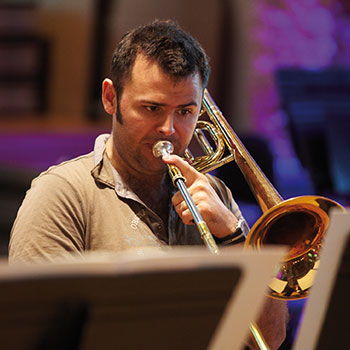

For the final week in February, our featured music has the distinction of being the first two quintet pieces we every listed on OBP and also coincidently happen to be our best selling from our whole catalogue. Written by good friends of Onyx Brass, both compositions also are regular features in the concerts that Onyx perform.
James Maynard’s Fanfare is a great number to kick of any recital and takes inspiration from the world-renowned film composer, John Williams, who James regularly performs music by either in the recording studio or concert platform. Included on Onyx Brass’ first ever recording, Trisagion, Fanfare is guaranteed to engage any audience right from the outset.
Tim Jackson’s Fantasia on a Theme by Thomas Tallis, takes inspiration from two composers a little further back and the piece is a must for any lovers of Vaughan Williams’ piece of the same title. While similar in style, Tim subtitles it “with apologies to RVW”, and the music itself uses the same Tallis hymn tune but sees Tim develop the variations in his own way instead of copying or just arranging Vaughan Williams music.
Two Baroque Masterpieces
For this week our two featured pieces are gems of the baroque from arguably the two most accomplished composers of the era.
First, is Eternal Source of Light Divine by Handel. Arranged by David Gordon Shute, it is taken from the Ode for the Birthday of Queen Anne and originally for a counter tenor and trumpet, it lends itself perfectly as a feature for the two trumpet players in your quintet. Recently it was made more famous by being performed at the royal wedding of Prince Harry and Meghan Markle in 2018.
Second is the Fugue in G major BWV 541 by Bach. Written c. 1712-1717 and arranged with panache by James Maynard, this is a tour de force for any quintet that’s guaranteed to captivate your audience with its sparkling contrapunctal lines and technical prowess.
-
 Eternal Source of Light Divine by G.F. Handel Arr. David Gordon Shute DOWNLOAD£15.00
Eternal Source of Light Divine by G.F. Handel Arr. David Gordon Shute DOWNLOAD£15.00 -
 Eternal Source of Light Divine by G.F. Handel Arr. David Gordon Shute HARD COPY£25.00
Eternal Source of Light Divine by G.F. Handel Arr. David Gordon Shute HARD COPY£25.00 -
Product on sale
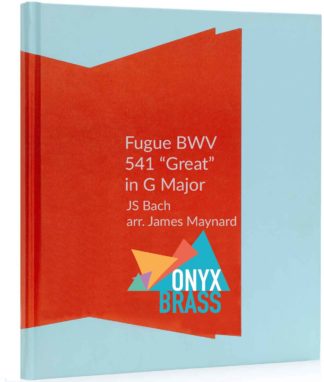 Fugue BWV 541 “Great” in G Major by JS Bach arr. James Maynard HARD COPYOriginal price was: £25.00.£20.00Current price is: £20.00.
Fugue BWV 541 “Great” in G Major by JS Bach arr. James Maynard HARD COPYOriginal price was: £25.00.£20.00Current price is: £20.00.
New Video for Shostakovich D flat major Fugue
One Composer, Two Pieces, Multiple Challenges
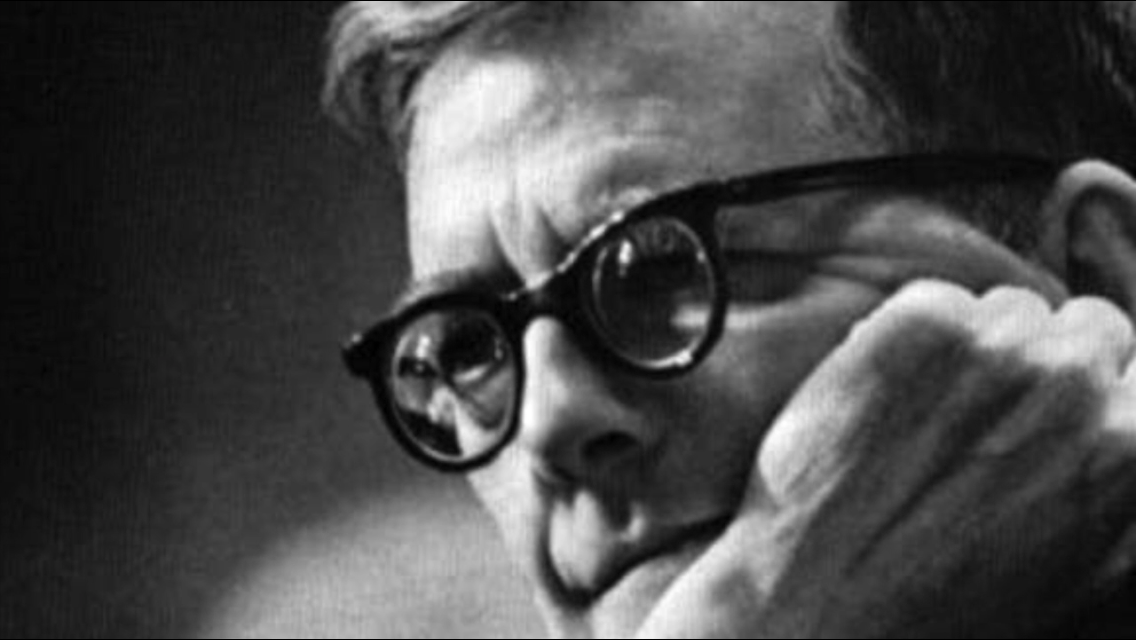
This week‘s choice are two fugues by Shostakovich that we’ve picked for their technical demands and multiple challenges. Both arranged by former group member, Brian Thomson, each piece provides the individual performers with an examination of many differing facets of brass technique and the ensemble as a whole with task of then putting it all together seemlessly. Weak links are exposed mercilessly.
First is Fugue No. 17 in A flat major and on first listen a seemingly innocuous sounding piece that flows along like a burbling brook in the countryside. However think about the key and then the fact playing in any flat key on a brass instrument requires a secure finger technique due to the use of the third valve with multiple moments of valve crossing. Semitone semiquaver passages will challenge the trombonist’s slide accuracy and fluency. Phrases that are just a little longer than one would like add in breath control to the list of demands. It’s in 5/4 so counting never seems straight forward and as earlier described this piece flows along, it can’t really stop apart from the odd musical meander at a cadence point.
Second is Fugue No. 15 in D flat major. Now this is a technical showpiece par excellence. It sounds hard because it is hard! It travels along like a speeding express train, there is no meandering here and nothing stops this relentless piece once set in motion. Constant changes of time signature, irregular phrases and the register demands, top to bottom. This would be a feather in any quintet’s cap to have in their repertoire.
Good luck!
